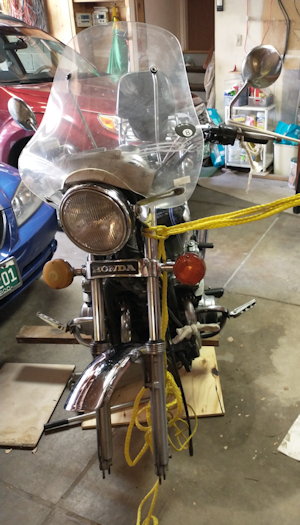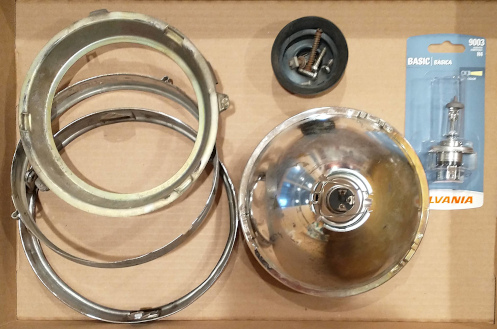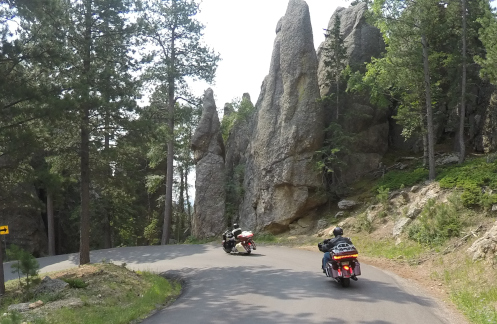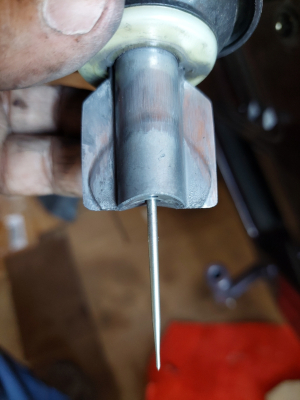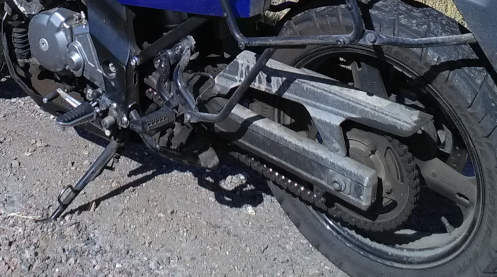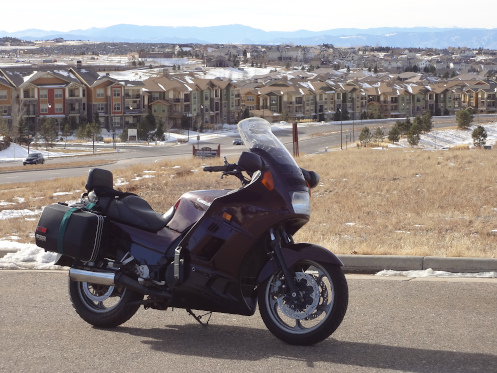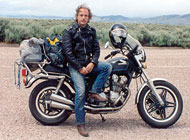Two Batteries, Both Claim ‘Best’
Thursday, August 25th, 2022
Yeah, getting in here under the seat to push a button to jump start the bike would be a heck of an inconvenience.
I’ve had motorcycle batteries on my mind recently because one of my bikes has one that is a bit long in the tooth. I’ve had battery troubles while on the road before and I’d rather be preemptive than have to interrupt a trip with problems.
So it was with some interest that within two days I got emails, both from Adventure Rider, about two hot new batteries, both claiming to be the best ever. One is by Shorai and the other is Antigravity. I’ve never heard of either of them. So what do ya got?
Shorai says this: “Originally founded in 2010 in Sunnyvale, CA, Shorai LFX has quickly become the world’s most popular lithium iron phosphate power sports battery. Shorai LFX™ batteries deliver more energy faster, with less weight and with less wear on the battery per start cycle than any other brand or technology available on the market today.”
I figured I’d take a look at what they have for my 1999 Concours. Wrong. Their selections don’t go back to that model, so I looked at other model bikes that might use the same battery. What I came to was the Shorai LFX21A6-BS12, which listed at $245.95. OK, that’s pricey. Maybe check for a battery for the 2006 V-Strom 650.
OK, that brought me to the Shorai LFX18A1-BS12, which lists for $209.95. That’s still a bit high but I guess it depends on what you get for the money. And that’s actually kind of hard to get a handle on. Not surprisingly these lithium batteries are much lighter than their lead-acid counterparts and they claim to provide better starting power. How long will this thing last? I can’t find anything on the website that speaks to that.
And by the way, the lowest-priced battery in their line-up lists for $109.95. It gives the size specs so if that one works in the space you’ve got it might do the job. But all in all I’m not satisfied with the information provided.
As for Antigravity, they say: “THE BEST BATTERY EVER?!!!
That’s a bold statement… but we feel it holds true if you are looking for the best Starter Battery for your Motorcycle, Powersport vehicle, or even your Car. Antigravity Lithium Batteries offer a first-of-its-kind Built-In Jump Starting that will save you from being stranded; they also offer more REAL Amp Hours than competitors, which increases starting performance in cold weather and offers more overall Capacity for your Bike. Additionally, we have Heavy Duty (HD) versions for those needing even more capacity and power.”
OK, so one key thing here is their “built-in jump starting.” That is, even when the battery is theoretically dead, there is a separate compartment or reserve somewhere that holds onto enough juice to get you going so you can get out of the boonies to some place where you can get service. That could be a very handy thing.
Again, I could find nothing specified for my Concours but for the V-Strom they offer two, the ATX-12 RESTART and the ATX-12 HD RESTART, for $224.99 and $259.99, respectively.
Now here’s an interesting thing. To jump start when you’re otherwise dead you have to push a button on the battery. That’s not generally a very easy thing on most bikes so they also offer a remote device that makes it easier–at a price, of course.
They do also speak to battery life, claiming that their battery will last up to twice the life cycle of other lead acid and/or lithium batteries. And the battery comes with four posts, not two, so it will fit in your space and connect properly regardless of whether your set-up is oriented one way or the other.
So OK, maybe I’ll look into one of these Antigravity batteries. If I do you can bet I’ll have a follow-up report down the road.
Biker Quote for Today
You might be a Yuppie biker if you can’t find your oil filter.
